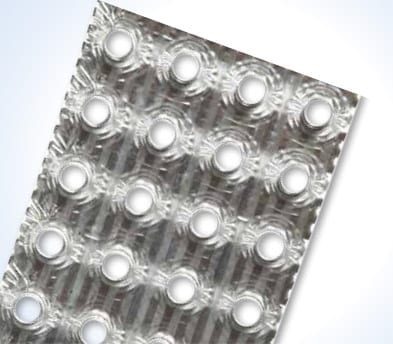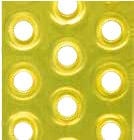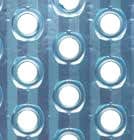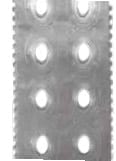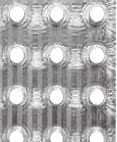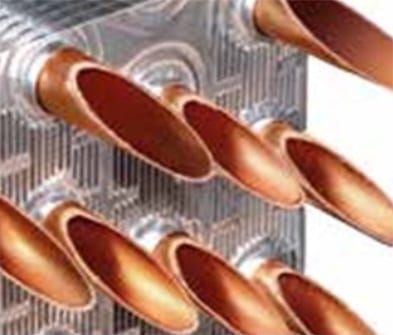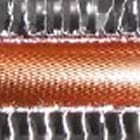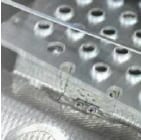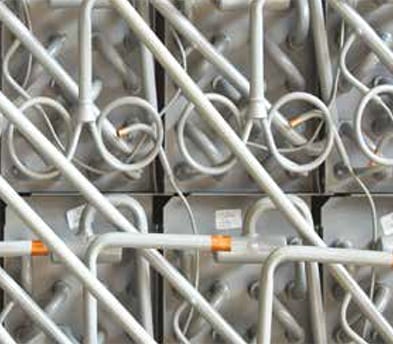The tube and its surfaces
The market offers various types of tube in the manufacture of finned hack exchangers, for both tube diameter and internal finish, suitable for different applications, solutions and performance.
The increase in exchange surface area and the turbulence provided by the helical grooving enables much greater heat transfer compared to the same solution with smooth internal surfaces. The R&D department can therefore design high performance exchangers even for a restricted space within the final unit.


